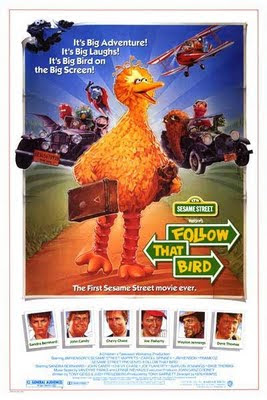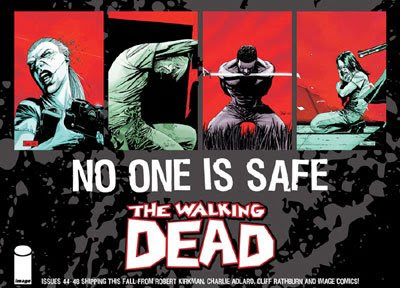
Traditionally (and unimaginatively), the vast majority of film reviews lead with a brief synopsis of some kind, but to take that approach with
Wendy and Lucy would do the film a massive disservice. I'll prove it to you:
Wendy is driving to Alaska with her dog Lucy in their ailing automobile, with the aim of finding some kind of work in the fishing industry. En route, somewhere in Oregon, all it takes is one bad decision and a couple of strokes of terrible luck to throw her plans and her precarious existence into potentially devastating disarray.
But that slender, ephemeral story-engine tells you nothing of real value about
Wendy and Lucy, because it is so much more than that. In a less ambitious movie, the events of Kelly Reichardt's film would merit little more than a wordless five-minute montage sequence wedged in between chunks of wordy plot and action. By choosing to slow things down, Reichardt magnifies the details, and by closing in on them and holding them up to the light, shows us something we might otherwise choose to ignore.
Ignoring, neglecting or otherwise missing things cuts to the core of
Wendy and Lucy, because in many ways this is a movie about marginal lives and invisible people - lives that can be crushed by one bad day, one unplanned expense or the thoughtless, officious cruelty of those whose throwaway decisions carry hefty consequences.
But Reichardt's intimate camera and lovingly-framed close-ups never flinch in showing us these invisible people, and by refusing to cut away or to hurry things along, she succeeds in making the invisible visible. By zeroing in on the smallest moments, we feel the consequences of everything more keenly. We feel the intense disastrous repercussions when Wendy's car won't start one morning, and again when Wendy discovers the likely cost of repairs. We hold our breath when a stranger suddenly appears whilst Wendy sleeps in the woods. After having seen Wendy meticulously account for her expenditure in a notebook, measuring out her life one dollar at a time, we feel the crushing weight of every unexpected financial setback.
The spare style of Recichardt's film is ably supported by understated performances by the small cast. The career of Michelle Williams has been unfairly overshadowed by distracting labels like "The one off
Dawson's Creek that isn't Katie Holmes" or some designation that ties her to the ghost of Heath Ledger. But she's always given great performances in films both underrated and largely forgotten (
Me Without You) or overrated for all the wrong reasons (
Brokeback Mountain), and her role in
Wendy and Lucy may be the best one of all.
It's always good to see Will Patton (an actor I've enjoyed and admired ever since he blew his brains out in front of Kevin Costner in
No Way Out), even if his appearances here as the mechanic are all too brief. And Wally Dalton has a gentle aura of comfort and power as the nameless security guard, on his feet in a perpetually empty store parking lot, squinting in the sun, patiently waiting for nothing much at all to happen. As the closest thing the film has to a Voice of Reason, he articulates the Catch-22 that the film hinges on: "You can't get an address without an address. You can't get a job without a job. It's all fixed."
If I make it all sound like doom and gloom, it's not. The film is studded with random acts of kindness and unexpected beauty, like the scenes of Wendy and Lucy taking a break from the demands of perpetual motion on the open road, as the sun shines through the trees and Wendy throws sticks to her companion as they are returned in a breathless slobber.
Through it all, even when things appear to be at their most bleak, with a perfectly-judged use of sound design, we hear Wendy's gentle, melodic humming. And when we hear that, it gives us hope that, no matter what happens, Wendy will make it through it and endure, even though there's not a shred of evidence to suggest that that might be the case. Somehow, though, that uplifting, reassuring hum let's us know that everything is going to be all right.
Wendy and Lucy is released by
Soda Pictures on 6 March.































